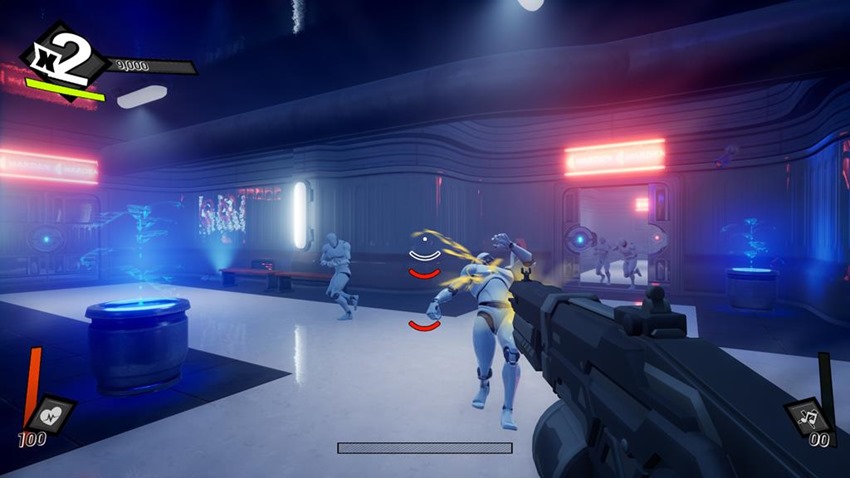
Nonetheless, Russian EW and kinetic targeting would likely be capable of degrading the communications networks that are essential in sharing counter-battery targeting data and suppressing or reducing the UAF’s fleet of UAVs, even if only for short periods of time. This has included the delivery of digital radios from 元 Harris and Aseslan that are more resistant to jamming than the Soviet radios they used at the time. It is understood that the UAF are relatively resilient in their communications practices, having developed them based on the experience of 2014–2015. To ensure targeting data is transmitted in a timeframe that matters, the UAF will need to take steps to protect their communications and simplify the transfer of data. Time is critical to counter-battery fires as both sides will be aware of the dangers incurred by remaining in place for too long after unmasking their guns. This leads to a further challenge facing the UAF: data sharing. If the current situation escalates into more general Russian involvement, they are unlikely to limit the use of EW, and may be able to exert greater effects against Ukrainian radars. Furthermore, Russian forces have shown the ability to jam or spoof radars with limited electronic warfare (EW) capabilities in past engagements. This may enable them to assign counter-battery assets to specific sectors based on the potential risk, however, the Russian forces are also likely to conduct their own terrain appreciation and adjust their approaches based on the likely areas selected by the UAF.ĭespite efforts to improve capabilities in this area, however, the UAF will likely struggle to cover the entire area of operations in the event of a conflict, as they lack the radars to do so.

The Ukrainian Armed Forces (UAF) will have an advantage in their terrain appreciation they should know the likely approaches and what ground Russian forces will be able to traverse. These systems may be supplemented by the Polozhennya-2, an acoustic detection system designed to provide data on the noise generated when an artillery system fires. All three radars are used to identify artillery munitions in the air and trace the path of the projectile back to the likely position of the guns or launcher. In addition, the US has supplied a total of 13 counter-battery radars, including the AN/TPQ-36 Firefinder and AN/TPQ-49 lightweight counter-mortar radars. Ukraine has developed and deployed its own radars in this role, including the Zoopark 3, which provides a range of ‘several dozens of kilometres’ and a 180-degree coverage. Unmanned aerial vehicles (UAV) will also provide vital aerial intelligence in support of targeting functions, likely with assistance from counter-battery radars. Because of this, Ukraine will have to carefully martial its own artillery, with a near-equal focus on survivability and lethality, if it is to draw Russian forces into the kind of protracted conflict that would run counter to the Kremlin’s interests. This is one of the critical components of counter-battery missions: the need to destroy enemy systems is balanced by the need to find and understand them, and every action will likely lead to an additional counter-battery reaction.


The former presents multiple challenges, as it may be in the defender’s benefit to absorb some attrition, driving the enemy to unmask more guns, before conducting their own counter-battery fires. Thereafter, in a counter-battery context, the most pressing information to gather is the location of enemy guns, as well as the enemy’s intelligence, surveillance, target acquisition and reconnaissance (ISTAR) assets. At a top level, the Ukrainian forces might seek to first understand the opponent: what line of advance is the most serious threat, whether any forces are a diversion or a feint, and if is there a centre of gravity that can be targeted. Intelligence is EverythingĪ counter-battery campaign, like most military endeavours, cannot be conducted without intelligence. This means that Russia’s ability to find and target Ukraine’s forces, and Ukraine’s ability to conduct counter-battery fire missions, will likely have a decisive impact on the outcome of any conflict between the two states. This is because much of the Russian way of war relies on the ability of ground troops to bring their tactical and operational indirect fire systems to bear against an opponent’s forces. The Russian army has been characterised as an artillery army with a lot of tanks. This was the case in 2015 when fighting was at its most intense and, despite the improvement in ground attack capabilities of the Russian air force, it is evident that much of Russia’s lethality is retained by its artillery within the Ground Forces. A conflict between Russia and Ukraine would inevitably involve extensive use of tactical artillery on both sides.


 0 kommentar(er)
0 kommentar(er)
